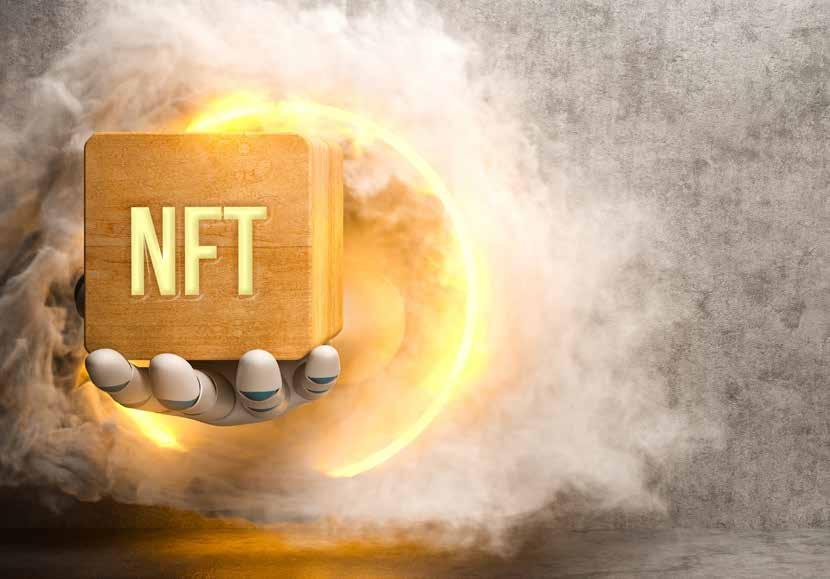
10 minute read
What is an NFT?
Non-Fungible Tokens have been taking the world of cryptocurrency by storm, with pieces on the extreme end of the spectrum selling for well over $5 million US dollars. These otherwise unassuming entries in the distributed ledgers of the Ethereum, Cardano, Solana, and Algorand blockchain (as well as other less notable collections on other chains) have made a huge impact driving forward the adoption of cryptocurrency; but what’s all the fuss?
Ever since NFTs exploded in popularity, the industry has seen pictures of pixelated heads selling for millions, drawings of apes generating insane capital, and even (albeit staged) protests decrying NFTs as evil, satanic, and a blight on society. Social media activity for NFTs remains high, even after the initial NFT mania, and pop stars such as Snoop Dogg, Champ Medici, and Seth Green have all been seen sporting the digital decentralized artwork as their profile pictures on various social platforms.
Advertisement

With all the rampant speculation surrounding non-fungible tokens, what does this mean for the average crypto investor? And what is an NFT actually?
An NFT, or Non-Fungible Token, is just that; a token stored on a blockchain that is non-fungible, which in this case can be read as ‘unique’. It cannot be replaced or copied, and it has a one-of-a-kind identifier that is recorded publicly. NFTs can be created by anybody using simple web tools with no coding skills required. They typically don’t store the image directly in the case of art NFTs, instead
including a reference field that points to an image stored elsewhere.
Not All NFTs are Created Equal
The value of NFTs can vary significantly across blockchains and between projects, with most NFTs ending up worthless. While older NFTs, or NFTs that have substantial community backing, may, for some time, retain their value, in the long-term 99.99% of NFTs will be utterly worthless.
Many in the cryptosphere consider ‘investing’ in nonfungible tokens to be solely the remit of gamblers and degenerates, and with the prevalence of scams and rugpulls in the NFT space, that outlook is becoming more and more common. All hope is not lost for NFT investors, however. Many of the NFTs that do retain their value will do so the same way that, for example, vintage baseball cards trade among collectors.
Why are Some NFTs More Successful?
Nobody is entirely sure as to why some NFTs have seen such overwhelming success. Some credit passionate communities with exclusive benefits. Others blame rapacious speculation under the ‘always a bigger idiot’ theory. Then, some look to NFTs and see the golden opportunity for copyright, ownership, regulatory, and collectible applications. There are even some video game developers that have started to implement NFTs into their products, allowing players to ‘own’ ingame items and trade them on secondary marketplaces; from exclusive vehicles to entire plots of virtual land.
Art isn’t the only way people and companies make money with NFTs. Toilet paper manufacturer, Charmin, auctioned a series of collectible NFTP (non-fungible toilet paper) as part of a charity drive and it is rumored that Blockbuster Video (yes, that blockbuster) is looking into producing their own series of NFTs too.
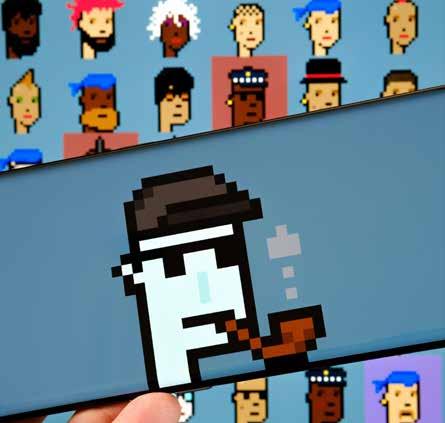
Just having a big brand backing an NFT drop is no promise of success; the Mee6 NFT drop promising countless benefits to its holders and initially selling for over a thousand dollars worth of Ethereum now trades at less than $100 per piece. Despite a wildly successful multi-national business offering social media augmentation services via their critically acclaimed Mee6 bot, the team failed to deliver a return for investors, due in most part to poor customer service and a lack of experience in the Web3 space.
While some NFTs seem to be the proverbial golden goose, others are nothing more than a bad egg. The savvy investor will exercise caution when stepping into the NFT space. The best advice that can be given for investing in NFTs is the following; only invest what you’re willing to lose, because there’s a strong chance, you will.
Why NFTs are the Biggest Revolution Since Bitcoin.
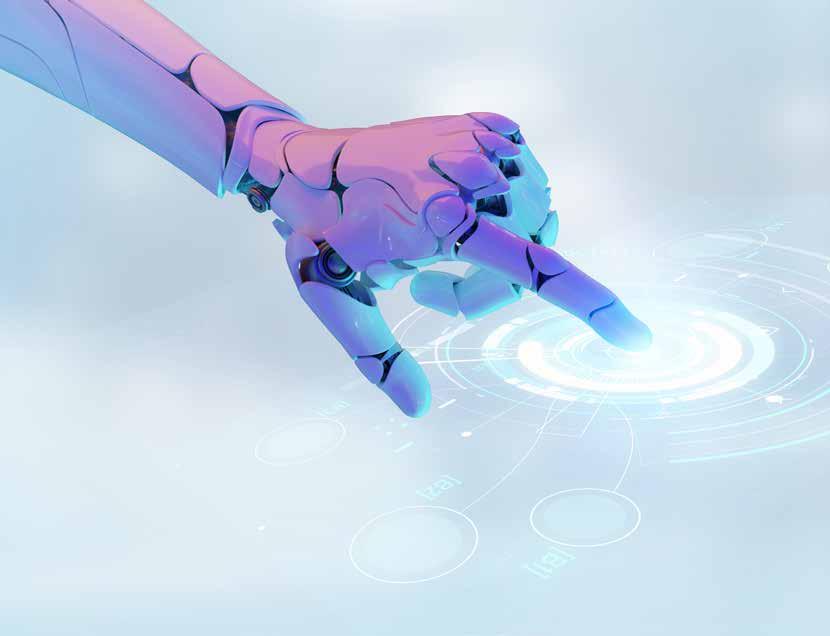
Dan Valez
As paradigms shift, and even the biggest antagonists of Bitcoin find some way to get skin in the crypto game, many people, both pro & anti-crypto, have some sharp-tongued things to say regarding NFTs. Whether you think it’s bad for the environment, or you don’t see past the pseudo-gambling global experiment of PFP art, let’s deep dive on why you are monstrously, crushingly, and painfully wrong. To any cynics and nay-sayers out there, here is a whole thesis on why NFTs are just getting started. What are NFTs you say? Non-Fungible Tokens are a new layer of cryptocurrency taking the world by storm. Coins like Bitcoin, Dogecoin, Litecoin, and even tokens like Shiba Inu, are what you call ‘fungible assets’ (Bitcoin slightly debatable on that point but I digress). In the dictionary, fungible is defined as “able to replace or be replaced by another identical item; mutually interchangeable.” What that means for coins like the ones stated previously, is one DogeCoin is just as interchangeable as any other Dogecoin in circulation. One Bitcoin is just as interchangeable as any other Bitcoin (unless you’re one of the unlucky few holding onto banned coins that have interacted with illegal activities previously). Fungibility is an important feature for something to be useful as a form of “money”. What’s awesome about NFTs is we throw that whole paradigm in the garbage. Here are a few reasons one might want to keep that paradigm in the trash.
- Michael Saylor
“Probably rat poison squared.”
- Warren Buffet
When assets are fungible, liquidity can be provided when it comes to exchanging them with other coins or tokens. This is the very first reason I believe NFTs are the best form of cryptocurrency and it’s a bit of an onion (layers to it��) so buckle up. Liquidity providing is a way to fluidly transfer different coins between wallets in a trust-less fashion. Let’s start with a simple breakdown of why liquidity providing is needed with fungible assets. Example A will be called Jack Coin, Example B will be called Jill coin. If both Jack and Jill coin are both worth $10 dollars each, then one should be able to give you Jack coin and receive Jill coin. Unfortunately, in blockchain however, you can’t just send someone 1 Jack coin, and trust that they don’t run away with Jack and Jill (up a hill maybe? ). This isn’t very trustless. How do we solve this in a trust-less manor? What if there was someone who could write a smart contract to take Jack and Jill, and swap them for one another, for a small piece of each coin? That’s liquidity providing in a nutshell. It’s a little more complex than that but one gets the gist. Enter reason #1: why NFTs are better. You can’t take a “piece” of my NFT for liquidity providing. It’s one.. whole.. NFT.. forever. There are no decimals, because there’s no reason to divvy it up into decimals. It makes things much simpler. Another thing to note about liquidity providing is, historically it’s done by large market makers and exchanges. These fees are accrued over years and generally make the space more toxic, and subject to manipulation; as these exchanges tend to take all this free money, and pump and dump the entire space to

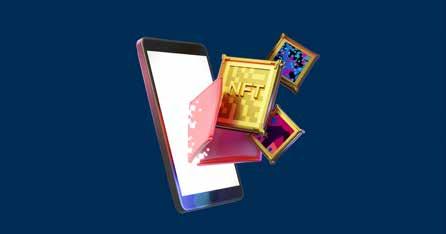

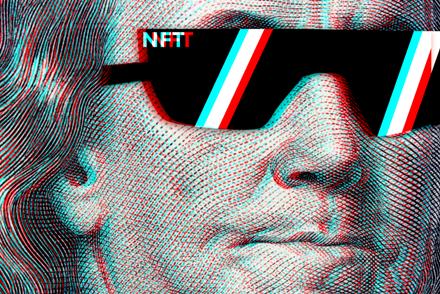
oblivion. Centralized exchanges have come and gone in crypto for nearly 12 years now. From the infamous Mt. Gox, to today’s relevant exchanges, like Binance or Kucoin; none of them have really done any good for expanding on the Ethos of “Not your keys, not your Crypto.” NFTs are a great way to get new users to adopt the Ethos of Defi rather easily, because centralized exchanges can’t really list them the same way they list tokens, like ElonRocketsBabyInu. To get an NFT you have to, at least, know how to spin up a Metamask account, create a private key, and deposit the coin you will be using to purchase the NFT with.
That’s DeFi to the core baby! We want more of that if we’re to truly stop the censorship, manipulation, and sometimes, just straight up, criminal activities of banks and exchanges over our net worth.
Are you still a skeptic? Well, if you are, then you should be more skeptical of fungible assets in crypto and legacy finance more, and here’s why.
Remember all that liquidity providing we just spoke about?
What if I told you, that it’s all a part of a giant interconnected web of liquidity providing, that not only is connected to fiat systems, but can be influenced by it? (Secures tin foil hat on nice and snug) What if I told you that the fiat system is so heavily disrupted by cryptocurrency that it’s currently weaponized against it? Fluctuations in fiat, like the US dollar, are more volatile than they ever have been, and all of these movements make, or break assets tethered to it every day.
What if I told you NFTs are
the cure for all of that? Are you becoming less skeptical? I hope so. Let’s deep dive on the current use of NFT projects to understand how today’s use of it is pretty nifty.
NFTs can be minted and distributed in whatever form one pleases. They are essentially serial numbers in your wallet,
loosely related to whatever we want them to be related to. Some cool things people have done with these tokens is create “collections” with them. The most notable in the “digital art” realm to date are the likes of The Bored Ape Yacht Club and Crypto Punks, among others. Whether you like the artwork or not is neither here nor there. Let’s deep dive on the reason the gamification of NFT art collections also known as PFP collections are so damn cool. PFP stands for Picture for Proof and essentially means you can use it as your profile picture on Twitter blue if you’d like… Whether that’s silly or not, again, neither here nor there, but yes, I agree it is quite silly. But, sillier things will never be more lucrative, I promise (not financial advice! Lol) .
The Bored Ape Yacht Club and Crypto Punks have 10,000 unique items within their “collections”. Most PFP projects have around the same number of items in a collection, although some have smaller amounts. Some as small as 1000 pieces in the collection. Because these tokens are not fungible, one token within a collection doesn’t have to equal another within the collection and here’s where the gamification starts.
Rarity within the collections is what determine value here, and the great part about NFT collections is that the rarity can be based on the projects distribution of traits (ape has cigarette in mouth or zombie has a beanie on) or can be completely based on the market liking one trait over another. In Crypto Punks there are only 9 aliens (.09% of the entire collection). This makes them extremely rare based on the project’s distribution of traits and types. For this reason, these items are almost priceless (aliens have sold for up to 8000 ETH; about $13 million dollars, according to the price of Ethereum today). A good example of a trait that the market has chosen as special, is a special clan of people referred to as the Lazy Hats. The Lazy Lions is another PFP project, similar to the ones mentioned above. Within the project there is a trait referred to as the Lazy Hats (snapbacks with the word lazy on the brim) and a small group of people have adopted the trait and have created a unique sub group within the Lazy Lions and have brought value to that specific trait, so much so, that the floor for Lazy Hats is currently 12 ETH (approx. 20k+). There are only 255 of them, and to even get one, you have to be “diamond paw” approved by Loudmouth.eth, the alpha lion of the Lazy Hat crew (or should we call them a pride?). As you can see, NFTs and the projects built using their technology, is like opening a can of worms, just to find another can of worms inside (wormception?). Either way, let’s try and find some order in the chaos by talking about simple mechanics about how the prices are determined.
There’s a cool little term in crypto that helps describe a lot of the smaller market cap projects within the space. Whether you’re a “shitcoiner”, or an NFT speculator, just know that: you are the true ape (unlike AMC holders who claim to be apes on Wall Street Bet SubReddits).









